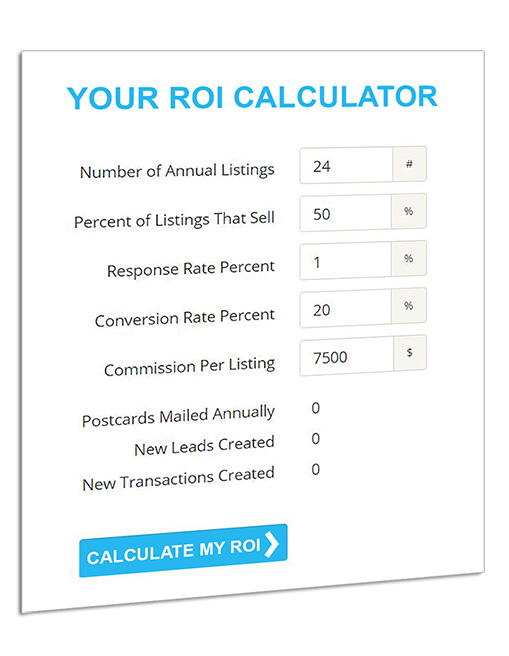As a new agent, you no doubt learned that, in many states, home sellers have a legal obligation to disclose known problems with the home.
As well, home buyers have an obligation to perform due diligence. The law, however, understands that home buyers, even with the best due diligence, are inexperienced and may not understand what to look for.
Enter, the real estate agent – the third side of the disclosure triangle. While states differ in their agent disclosure requirements, most make it pretty clear that an agent has a duty to disclose any known material facts that may impact the value of the home.
In California, for instance, the Civil Jury Instructions state that:
“A broker must disclose these facts if he or she knows or should know that the buyer is not aware of them and cannot reasonably be expected to discover them through diligent attention and observation.”
Legal duty aside, helping your client make a wise buying decision is basic, good customer service. The stuff that referrals and glowing testimonials are made of.
As you advance in your real estate career you’ll learn that most houses have problems, from the tiny to the gigantic. Yes, even newly-constructed homes.
Some are obvious, while others lurk behind very scant evidence of their existence. With experience, you’ll get to know the clues – the red flags that something isn’t right.

In the meantime, we’ve gathered some of the more common clues to look for when showing homes to your buying clients.
The electrical system
Old homes are notorious for their electrical system problems. Outdated or damaged wiring, too few electrical outlets and burned out or loose connections are common.
Before buying into your client’s desire to buy a home that needs to be rewired, let him or her know that they can “expect to pay $8,000 to $15,000 to rewire a 1,500- to 3,000-square-foot home,” says Angie Hicks of AngiesList.com.
A chief complaint of many owners of old homes is that there aren’t enough electrical outlets to meet their needs. While the cost of adding new outlets isn’t as high as replacing the home’s wiring, it can still be costly, depending on the electrician’s hourly fee.
“. . . adding a new electric outlet can range from $100 to $800, with the average cost around $350,” according to the pros at ImproveNet.com.
As you tour a home, especially if the home is more than 50 years old, do a bit of snooping. Flick all the switches in the home to ensure they’re operating.

Take a look at the electrical outlets for obvious signs of trouble (scorch marks, etc.). Run your hand over the outlets. They should be cool to the touch. Warm outlets are “strong indications of an unsafe wiring condition,” according to Donna Boyle Schwartz at BobVilla.com.
How’s the plumbing?
Don’t be shy – turn on the water at the taps and check the pressure. Low water pressure may signify a leak somewhere in the lines.
It may also be a sign of less serious problems, including:
- A water softener that needs servicing
- A pressure reducing valve that isn’t set properly
- Clogged aerators
Check the pressure while running the hot water only. If it’s lower than the cold-water pressure, there may be a problem with the water heater.
Press your toes on the flooring surrounding the toilet. If it feels soft, the toilet may have a leak.
Finally, in multi-level homes, look at the ceilings on the floors beneath bathrooms for signs of discoloration. This may indicate a leak somewhere.
Maintenance Red Flags
You’ll be hearing the term “Deferred maintenance” a lot during your real estate career. Some folks find home maintenance too easy to put off. As the years go by, problems don’t go away, and many tend to get worse.
Deferred maintenance is often easy to spot. It’s the overflowing gutters, the chipped paint, the dripping faucet and the toilet that rocks when someone sits on it.
While some of these may seem like minor fixes, taken as a whole, you’ll need to wonder what else was deferred that you can’t see. It’s something that you definitely need to share with your client.
Check out the floors
While your home-buying client is marveling over the gorgeous hardwood floors in a home, you should be checking to see if they slope.
Especially if the home isn’t vintage, sloping floors may indicate foundation problems.
The two most common include “ . . . uneven settling in the outer foundation, or uneven settling of the support columns beneath the floor system. Either way, it’s not a problem that fixes itself, but it is a problem that will get worse over time,” warns the experts at BDry.com.
Buying a home with foundation problems isn’t something you want to encourage. HomeAdvisor.com claims that the national average cost to repair a foundation is $4,158.
Centex Foundation Repair in Central Texas gives us a better idea of cost by looking at their client’s bills: $2,162.42 on the low end to $13,705.19 on the high end.
“. . . so far this year our average price of repairs has been $5,911.70,” they claim on their website.

Run this by your client before he or she falls madly in love with those Brazilian walnut floors.
Send at least 100 The Time is Now postcards from the Fence Sitter Series to an area where you want more buyers.
Need help targeting the perfect niche of buyers or sellers? Use our mailing list tool to create the ideal list (it’s easy) or call our support team for assistance at 866.405.3638!
PLUS: When you have time…here are Free ways we can help you have an INVINCIBLE 2019!
1. Become a Listing Legend Free eBook
Ready to take a vertical leap in your real estate career? If you’re looking for inspiration…and the tools and methods to dominate a market and go to the top in real estate…you’ll find them in this free book. – Click Here

“Get MORE Listings & Begin to Dominate Your Market!” Free online webinar. Learn the 3-7-27 strategy for explosive growth, why 95% of agents have less than 20% market share, and how to become the agent everyone competes against. – Click Here
3. The 12 Month Done-For-You Strategic Marketing Plan
The Real Estate Marketing Planner is a powerful 12-Month-Guide that strategically defines what marketing to do when. Four key market segments are included, Niche Marketing, Get More Listings, Geographic Farming, and Sphere of Influence. – Click Here

4. The Free One-Page Real Estate Business Plan
Treat your business like a business it is vital to long-term success in this industry. Some agents may put together elaborate business plans, yet there’s something powerful about keeping it simple. Check out our one page Online Real Estate Business Plan. – Click Here
 5. The Free Online ROI Calculator
5. The Free Online ROI Calculator
Consistency and automation are the keys to success. Discover how effective direct mail marketing can dramatically increase your bottom line. Enter your statistics in our Free online ROI Calculator and click the ‘CALCULATE MY ROI’ button to see your results instantly! – Click Here







